On Palm Sunday, April 5 in Madrid, the quite famous matador Uceda Leal was injured during a performance. The very first bull lifted him on the horns and ripped open his lower leg by 20 cm, damaged muscles and tendons. However, this did not prevent Uceda, after the imposition of a tourniquet, to complete the performance and to defeat the 600 kg bull from the ranch of San Lorenzo. For his heroism the matador was awarded a bovine ear, and the account of the story appeared in almost all the Spanish newspapers. It was written mostly in a poetic style: the loyal to his vocation matador, who despite his father’s death, which happened just a day before the performance, walked onto the sand arena, and steadfastly withstood the blows of fate with the words: “My father would like to see me right here”.
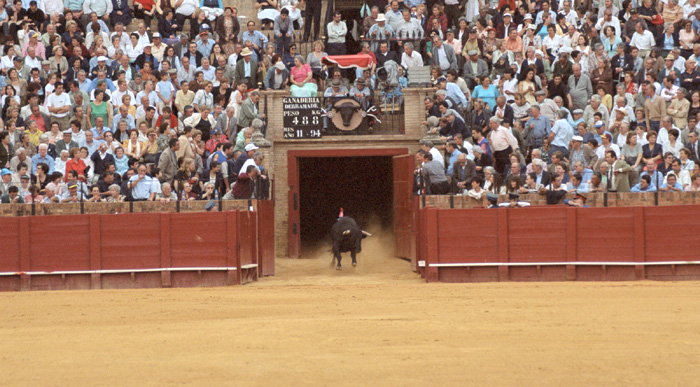
This attitude to the corrida is very characteristic for the Spaniards, who bring even very young children to admire the spectacle. Despite the fact that most of the civilized world believes the fight with bulls to be simply a bloody public murder, the locals are more likely to refer corrida to ballet or theater. The class of a matador is determined not by how quickly and accurately he was able to pull down a bull, and not by how skilfully he managed to avoid the sharp horns, but the beauty of the performance of strictly regulated movements and poses, which make up the “dance” of the matador. Everything is taken into account, even the smallest movements of the feet, head, or even fingers.
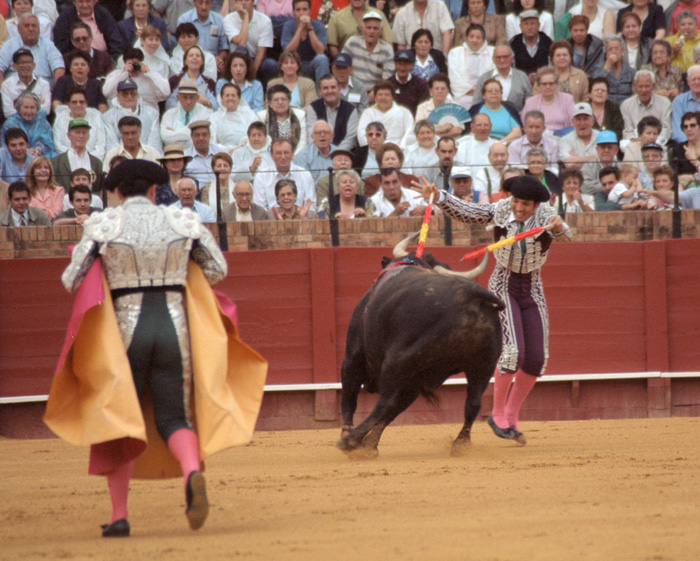
The exit of the matador and his single combat with the bull is the final chord of the performance, which consists of three parts. A corrida is usually opened at five o’clock in the evening with the colorful procession of the participants, whose places in the procession are strictly regulated. Then, after the Chairman sends a signal for commencement, the first bull is released on the scene (usually six bulls are involved, two for each matador). The assistants of the torero meet the newcomer, armed with cloaks-capote, large pieces of rubber cloth, with one side painted in pink and the other in red or blue. The ease with which the toreros manage the capote is misleading, because the cloak is quite heavy, and normally it can be held only with two hands.
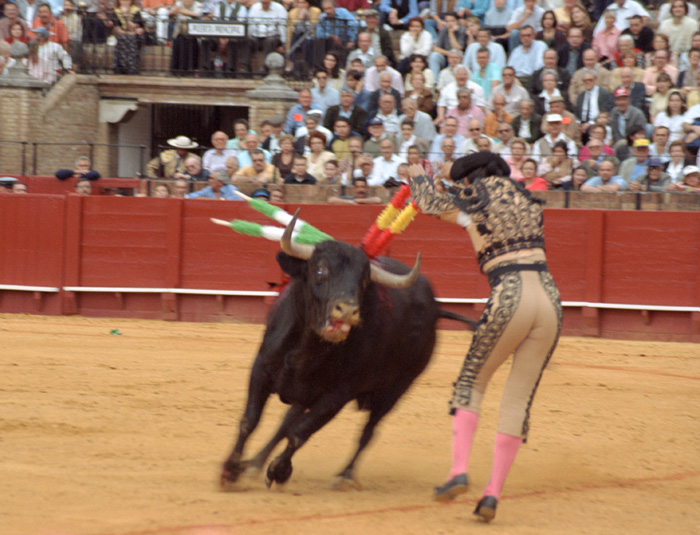
After the bull is sufficiently teased, two picadors armed with peaks enter the arena. Their task is to deliver several blows on the scruff of the bull in order to weaken the muscles of its neck, as well as to demonstrate to the public the temperament of the animal. Despite the rigorous selection and the natural aggressiveness of the “horned”, bred to participate in corrida, sometimes there are animals which, after the blow of the picador prefer to take to flight. According to the tradition, a bull must attack the horse three times, at the same time the horses receive very hard blows of horns on the sides, from which they are supposed to be protected by a special armour, and which, alas, does not always help. A furious bull could simply overturn the horse. Therefore, at any stage there is surely a veterinary station in order to help the injured animals.
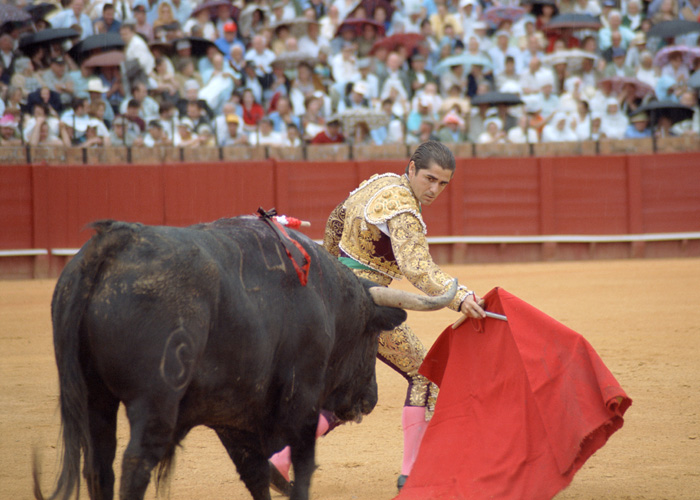
After the battle with the picador the bull usually gets tired and loses its agility. To shake it up a little, the banderillero goes out on the arena, armed with short spears decorated with colorful ribbons. These arms are in pairs planted in the withers of the bull, thus quite strongly irritating the animal. And only after this the matador armed with a sword and muleta appears on the scene.
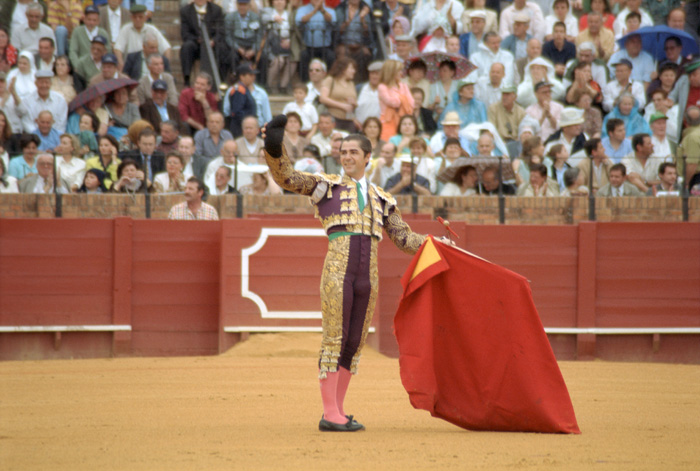
By playing with the bull, the matador aims not only to show his own skill, but also to tire the bull and to deliver calmly the decisive blow to his heart. Just when the animal is completely exhausted, the culmination of corrida comes – the death of the bull. The murder is always carried out facing the animal: the aim of the torero is to put the sword between the front ribs, in order to hit exactly in the heart and cause early death. Under the regulations, the performance of the matador should not exceed 10 minutes; if the time limit is exceeded, then this could be a source of public dissatisfaction and loss of the popularity of the torero.
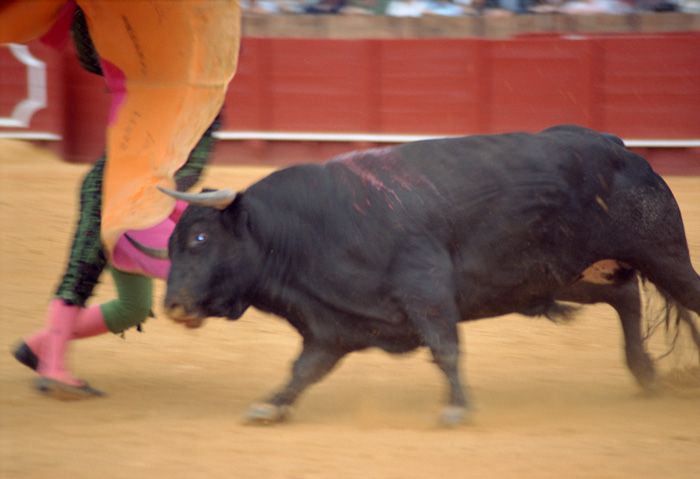
Injuries and deaths in the corrida are quite high: over the past 100 years during the fighting about 70 matadors and 350 banderillero, picadors and assistants were killed. Not far from the Madrid Arena there is a monument to the deceased torero, as well as to Fleming – the scientist, who discovered the penicillin. It was after the emergence of antibiotics that the mortality rate among participants in the fighting with the bulls fell sharply. But antibiotics do not save the torero from injuries, which are often quite serious. The most common are hip, groin, scrotum and abdominal cavity injuries. Wounds to the chest and neck occur much less frequently.
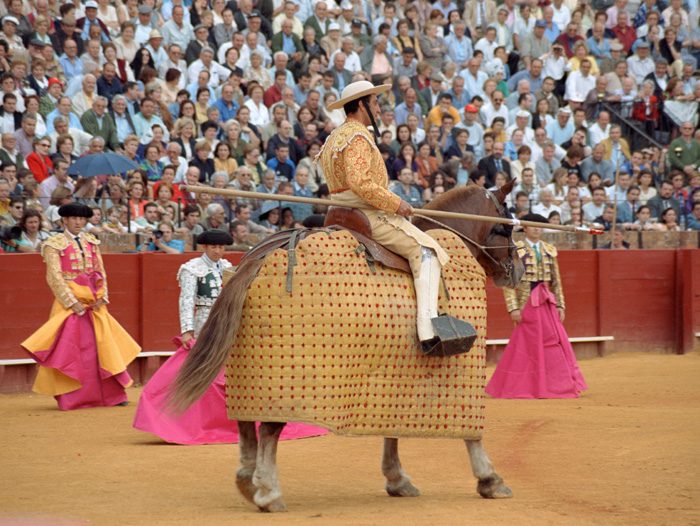
Despite the fact that the number of the opponents of corrida is large both in Spain, and throughout the world, fighting with the bulls do not stop. Each year in Spain, France and Portugal, about six thousand corridas are held, at which 30 thousand bulls were killed. Among the younger generation of Spaniards it is believed that, currently, bullfighting is singularly a tourist attraction, and the action itself does not adequately comply with the image of a civilized European country.
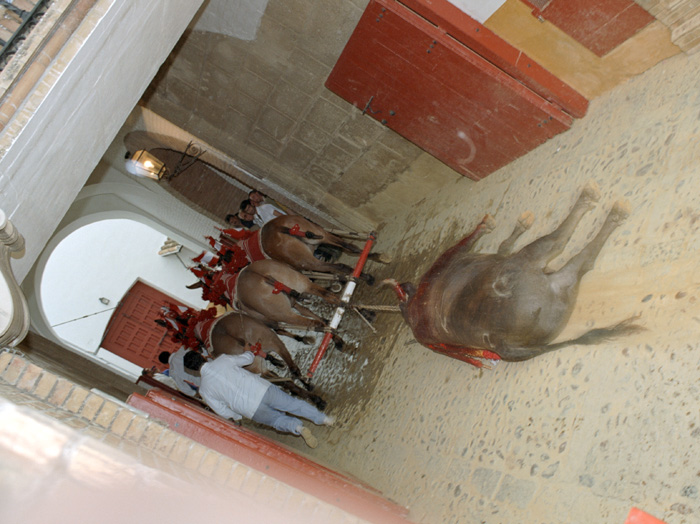
Supporters of this national tradition bring as an argument the that the Spanish Royal Academy of Sciences defines the corrida as a kind of art, and viewers come to watch not the sufferings of the bull, but the confrontation of a human and an animal. In addition, the sufferings of the bull are no more than those to which are exposed animals sent for slaughter, and also that the tradition of fighting helped to preserve the unique breed of the Iberian fighting bull, which otherwise would have disappeared long ago.
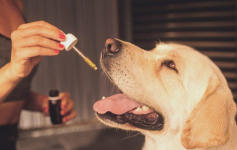

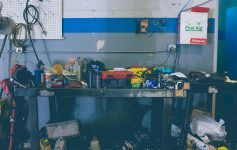
mercici
Shame on Spain for its Sadismic problem!!!